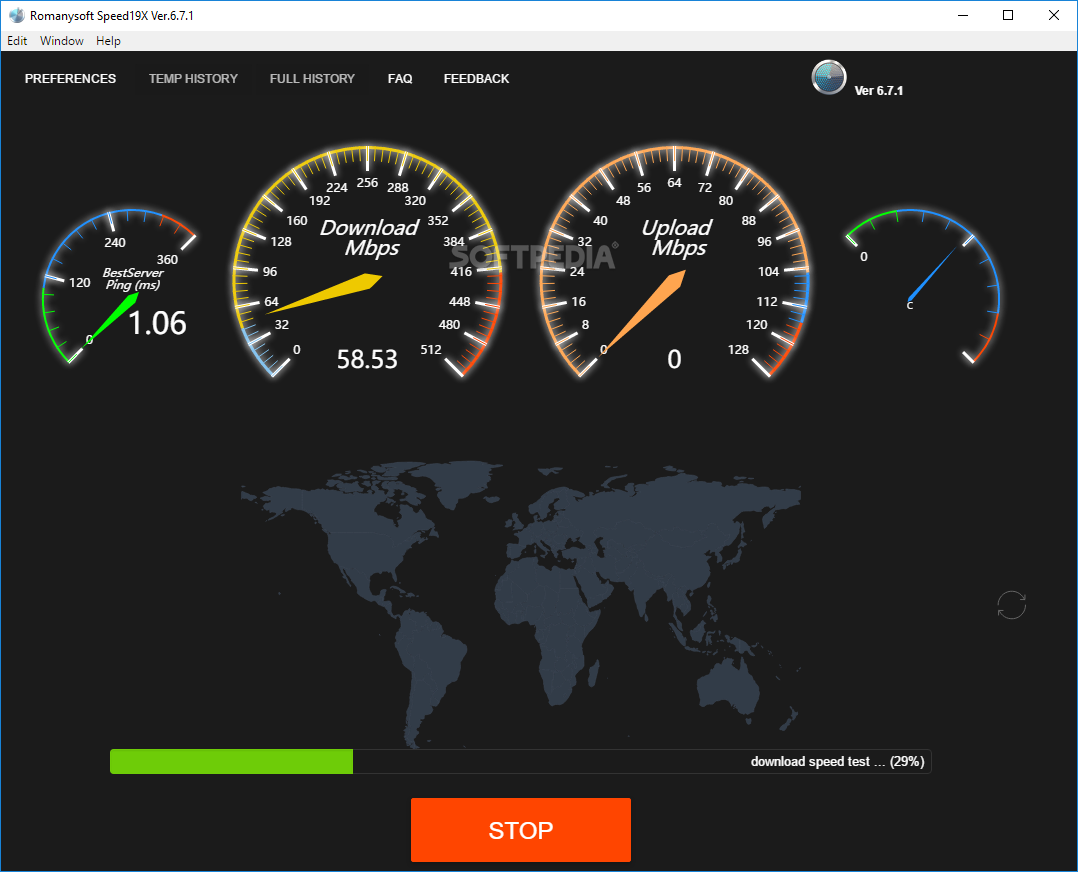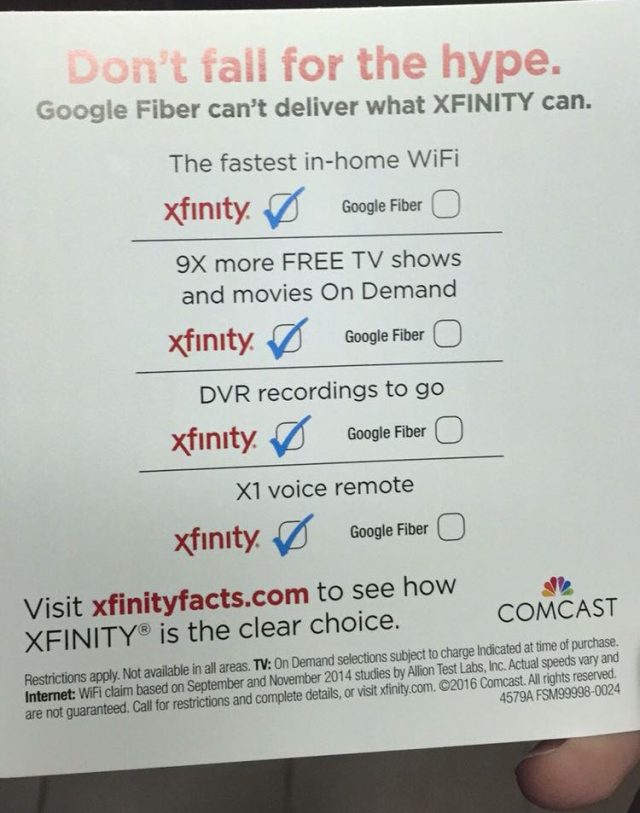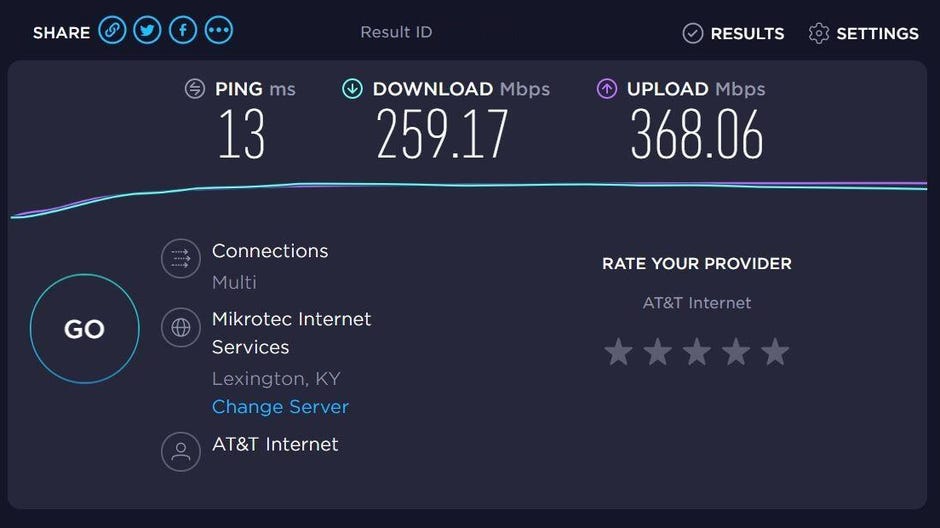


If you haven’t lately, it’s a good idea talk over the current state of your home network gear and WiFi setup. I haven’t had to make configuration changes to all my IoT (Internet Of Things) connected smart devices at home, which all connect via my existing Google Nest network.I have a way (at least downstairs when I’m closest to the AT&T router) to use the faster AT&T 5 Ghz WiFi SSID / network.So while it’s frustrating that I’m not seeing optimal speeds right now on my Google Nest network, I’m glad: Several of the forum posts I read indicated Google techs are aware of this problem and it’s being addressed. So, I’m regarding this situation as still unresolved… But I’m both hopeful and optimistic that Google will fix the issue with a future firmware update. “ Speed Test with AT&T 300/300 Fiber” ( CC BY 2.0) by Wesley Fryer In early December, I checked to see if they were offering fiber service yet, and was thrilled to see they were! This past summer in 2021, AT&T rolled fiber optic cables down our street and throughout our neighborhood. My sister’s family in the Kansas City area obtained Google Fiber at their house in Liberty years ago, and I’ve been envious of both their symmetric (equal upstream and downstream) connection speeds AND low prices ever since. Our local cable provider, Cox, has been our only choice for high speed Internet access, however, since DSL upload speeds are so limited and we NEED good upstream bandwidth for videoconferencing. 3 years ago (in 2019) we upgraded to Google Mesh WiFi, which dramatically improved our WiFi coverage as well as speeds in our house. 7 years ago (in 2014) I upgraded our cable modem to a “DOCSIS 3.0” model which supports higher transfer rates. Our family “cut the cable” to packaged television service with Internet eleven years ago. Just like enterprise networks in our schools and businesses, home networks need periodic updates and upgrades as technology standards and services continue to evolve. “ AT&T Fiber with Google Nest WiFi” ( CC BY 2.0) by Wesley Fryer (The other two Google Nest WiFi access points are not pictured here.) See my July 2020 post, “Faster Home WiFi Via Ethernet Backhaul,” for more on our setup and the benefits of using a WIRED connection to your secondary access point(s). In addition to the AT&T Fiber Optic router and WiFi base station pictured below, our setup includes the Google Nest WiFi base station access point, a NetGear 5-Port Gigabit Ethernet Unmanaged Switch, and a power strip.

With over 30 connected devices in our home, the complexity of this configuration has definitely grown considerably over the past few years, but I’m very happy overall with our setup. We use three Google WiFi (now called “Google Nest WiFi”) access points to cover our two story house with connectivity. (There ARE some ongoing / unresolved speed issues…) I’ll elaborate further on some of the topics I mentioned in this post yesterday on Facebook. In this post, I’ll highlight some of my lessons learned in this process, as well as some of the issues which have come to light regarding our Google Nest WiFi setup. By “true” I mean that the fiber optic cable has literally been pulled into our house… The “last mile” is not copper or coaxial cable. This month our family transitioned from cable modem high speed Internet access (from Cox) at home in Oklahoma City to true fiber optic Internet service from AT&T.


 0 kommentar(er)
0 kommentar(er)
